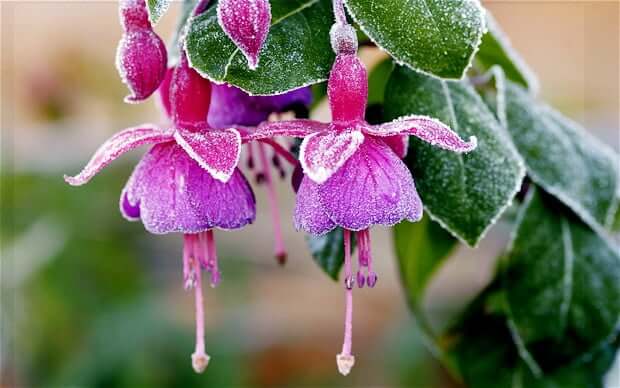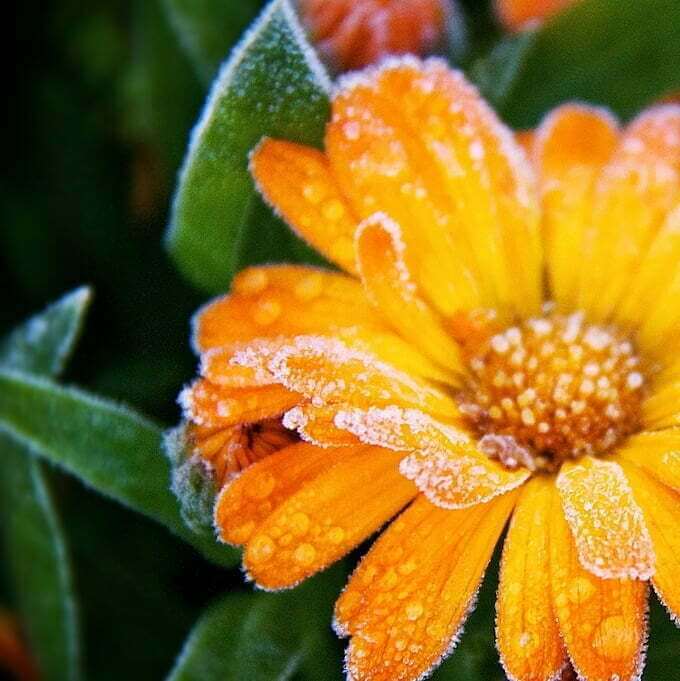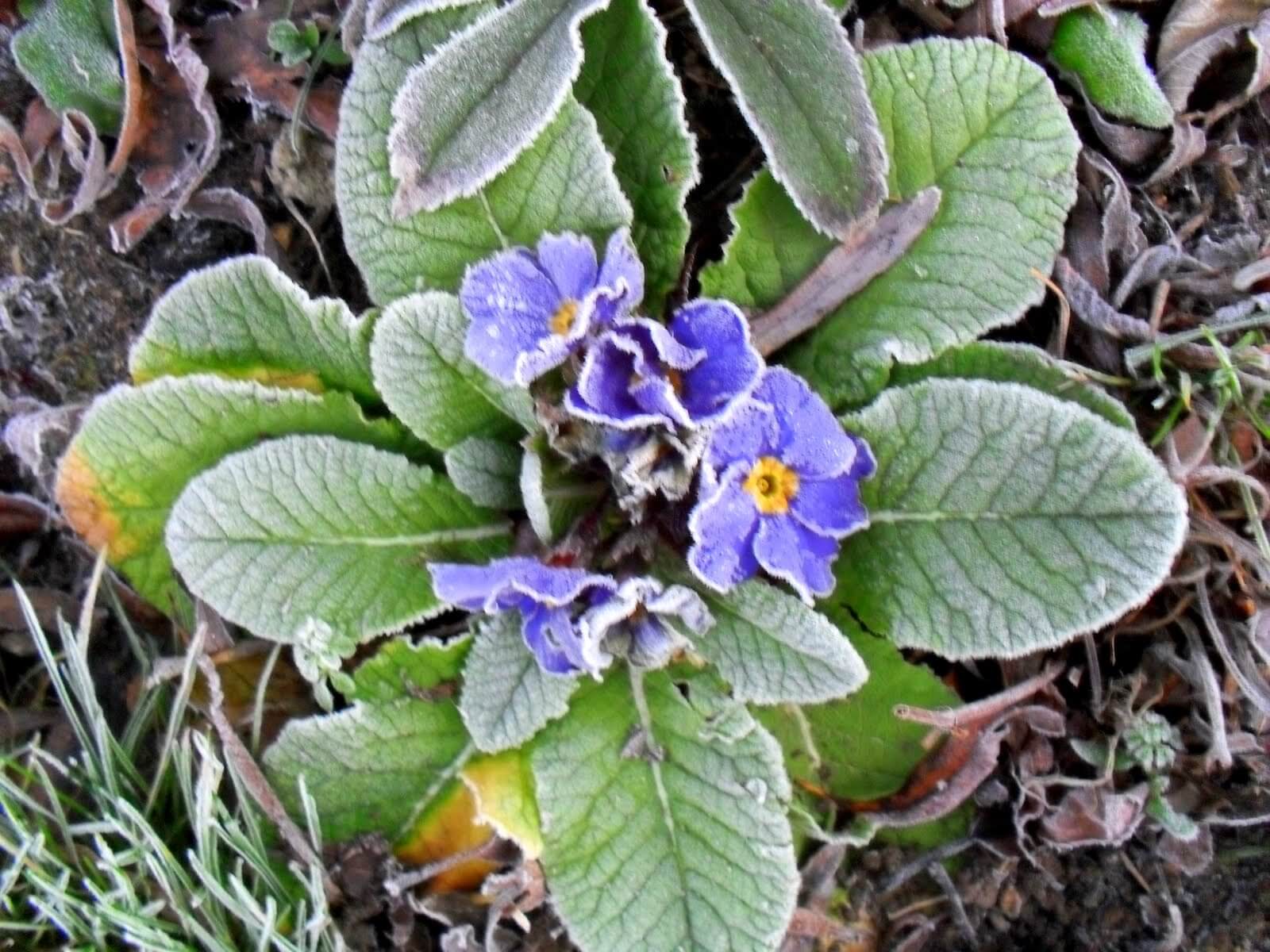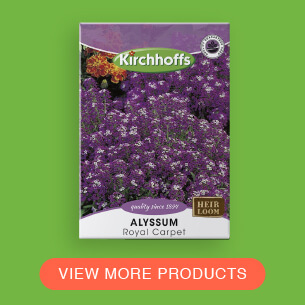Gardeners often find their weather and climate to be a bit too cold or desired plants to be a bit to tender. The unfortunate fact is that certain plants are simply not able to survive in certain areas, regardless of your efforts to keep them growing. In many cases however adequate prevention techniques and a slight bit of extra care can help bridge the gap to warmer temperatures. Try these tips to help your plants trough the cold winter temperatures.
- Plant your frost sensitive plants in containers, this will allow you to move them indoors or under shelter during unfavourable and extreme cold conditions. Remember though plants in containers are more vulnerable to the cold so it is vital to provide shelter during periods of frost and severe cold.
- Never water your plants during extreme cold, but a light watering a day or two before frost is expected will help raise humidity levels and thus reduce frost damage.
- Mulch your plants well, though this will not necessarily help against frost it will certainly ensure beneficial soil temperatures.
- ​Cover sensitive and tender plants with a frost cover or other relevant material,

this will be available from your nursery or garden centre around the time of frost. Ensure enough light reaches the plant and that it has adequate air movement. Preferably don’t let the covering touch the foliage and support it with stakes driven into the soil alongside the plant. Don’t use plastic to cover your plants. - Plant your tender plants in raised beds as cold air tends to drop and gather lower to ground level, planting in raised beds also makes it easier to cover and groom your plants in future.
- Keep a close eye on the micro climates within your garden, the coldest areas in the garden are the large open spaces and hollows, the bottom of slopes and so forth. It is best not to plant frost tender specimens in these areas. More suitable areas are amongst evergreens, alongside paths and walls which get baked by the sun and beneath overhanging structures.
- Always keep a close eye on the weather (Bottom left of the Plantinfo website) and remember to make use of the Plantinfo Icons when selecting an appropriate specimen.
If you are too late and your plants have already suffered from frost damage, do the following:
|









































